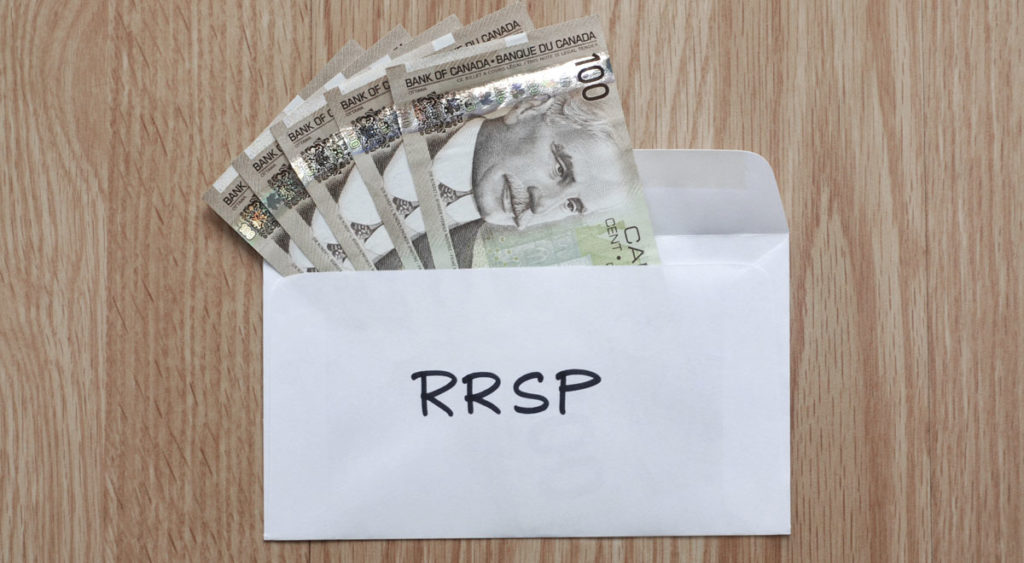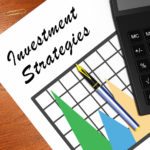Overview
Situation: Nobody is immune from the adverse ramifications of investing bias.
Symptom: Left unchecked, your bias can inflict long-lasting portfolio damage.
Solution: Recognize your biased patterns and muster up willpower to change.
Summary: Stop emotional attachments and adopt rational decision making.
“The art of being wise is the art of knowing what to overlook.”
— William James (1842 – 1910) American psychologist and philosopher.
Our investment behaviours are dramatically influenced by the bias we keep. Left unchecked, bias can inflict long-lasting portfolio damage, such as lower returns. The goal is to become aware of how bias affects the outcomes of investing behaviours. My challenge is extended to all investors.
Bias has many definitions, such as, “a preference or an inclination, especially one that inhibits impartial judgment.” Too many portfolios are devastated by various signs of biased investing. Resolve to unravel the consequences of biased investing to regain a portfolio with purpose.
Recognize and make adjustments to bias that is holding back your money management. Step out of your comfort zone and revisit your biased behaviours. All investors can resolve to make simple and sensible bias alterations. This process helps us become better investors.
Nobody is immune from the adverse implications of investing bias. Researchers point out that our brains are wired with many preset investment bias, professionals included. Thankfully, the wiring is easily changed. In addition, portfolio managers devote plenty of effort in minimizing the affects of bias found in client portfolios.
Delving into a few amusing behaviours of investing is a fascinating subject. My favourite is the impatience bias that grandmas and grandpas don’t have.
Change this wiring soon
I highlight a few important biases for you to recognize and change:
• Over-confidence bias: The most common investor bias by far is over-confidence. That is, believing that we are more savvy and wise about particular investment strategies than we actually are. Over-confidence often leads to quick decisions that we later regret. For example, investing too much money into one or two “surefire” stock selections.
• Confirmation bias: Investors have built-in desires to find facts, figures, data, trends, information, people and institutions that agree with their existing views. Then they ignore all the other people and data that contradict existing beliefs and positions. Does it sound close to home?
• Recency bias: Your next investment decision can be unduly influenced by the outcome of your last trade. You are more receptive to investing if you just realized a gain, versus if you realized a loss. Regardless of whether or not the investment climate is right for you.
• Impatience bias: Have you noticed that grandmas and grandpas seldom get mad or annoyed for very long with their grandchildren? In contrast, the children’s moms and dads may reach the hot point with the same children much sooner. This observation also applies to their investment portfolios. Those grandmas and grandpas have more patience with portfolio outcomes, versus their sons and daughters. Consequently, the moms and dads reach more emotional resolutions and/or fewer logical decisions than grandmas and grandpas. This is an easy one to correct. Continue Reading…







